Hot on the heels of the TX winning the world HFT championships, the editor takes another look
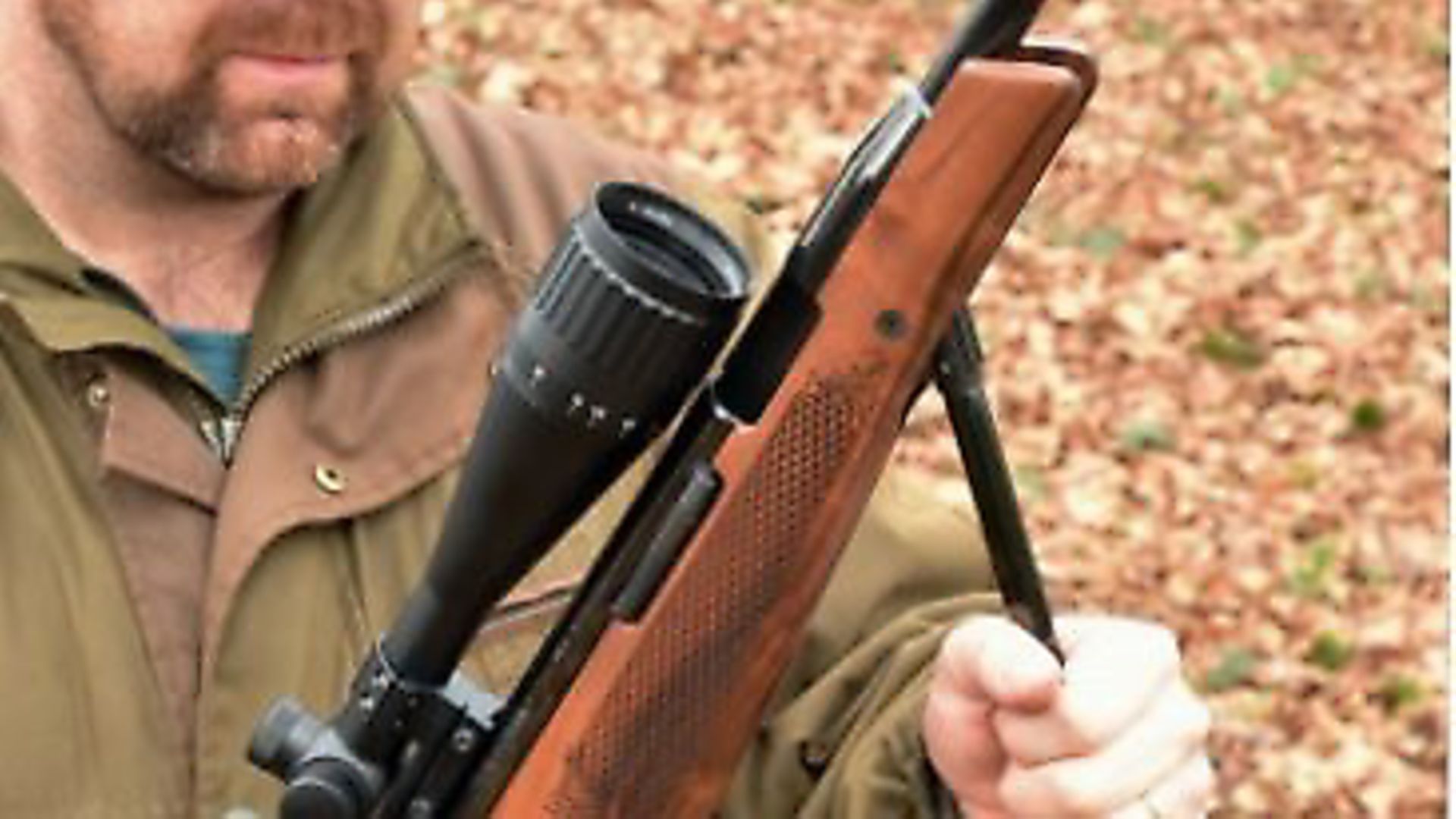 credit: Archant
credit: Archant
Let’s play top airgun tenuous! My best effort goes like this. A long time ago, one of my shooting buddies was a research engineer who did work for Air Arms. At that time, most serious airgunners were being blown away by the Weihrauch HW77K, an incredible rifle that had rewritten the rules of what a spring-piston air rifle could do. I say ‘spring piston’, but it might as well have been all air rifles, because pre-charged pneumatics were just a glimmer in the eye of uber-clever, future-thinking engineers. Springers were where it was at.
Whilst developing his ideas for the new Air Arms rifle, he would take my 77 from me on a Sunday night and give it back to me on the following Tuesday with the simple request to get as many pellets through the barrel as I could. Little did I know that he was developing new ideas and parts which he’d install in my gun, but I did know that it shot better and better every time he took it from my hands.
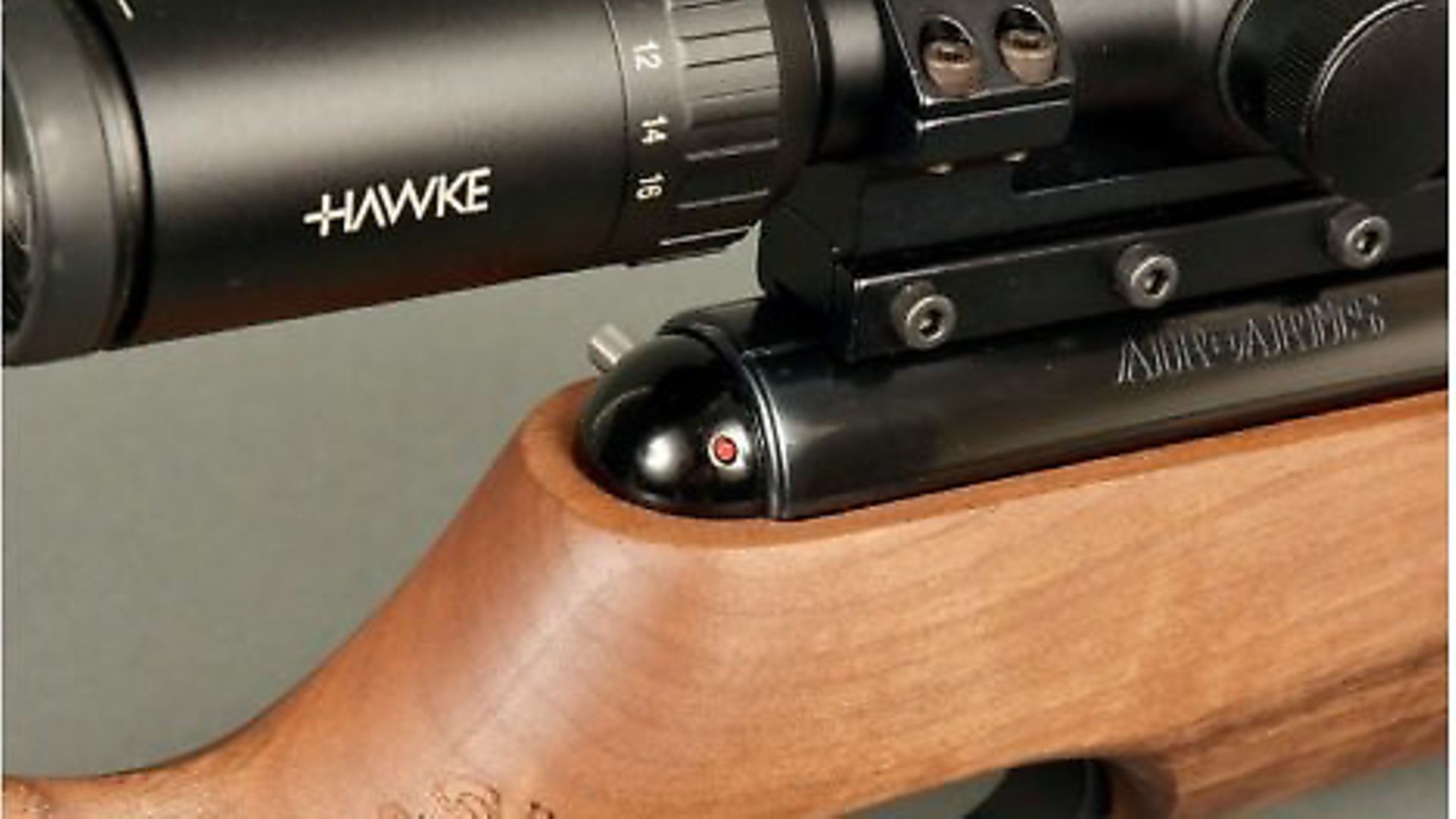 credit: Archant
credit: Archant
It was years later when I came to know that I’d played a very small part in the development process of the now classic Air Arms TX 200, a sliding breech, spring-piston, under-lever, which just last year became the gun that won the world springer HFT World Champion! The final version of my heavily modified rifle was then, and still is, one of the most accurate rifles I’ve ever fired. Back when accuracy was something of a lottery, I shot some ¼” groups at 45 yards, something I’d still be proud of today.
Off the shelf
My gun was an incredible, hand crafted one-off, but today you can walk into your local Air Arms dealer and benefit from all that research and development with a flash of your debit card. All the lessons learned, plus a load of brand-new innovations, come together to create one truly incredible sporter, the TX Hunter Carbine.
https://www.instagram.com/p/BDf3ZsSmaSZ/
Every subtle, balanced factor was delivered to Air Arms from which they took the TX prototype and developed it into the stunning, world championship-winning, rifle it is today. I’ll put my hands up and say that since I fell in love with precharged pneumatic rifles, springers have been low on my attention horizon, but it cannot be denied that most of us old gits cut our teeth on these beasts, and will love them until we die.
With all that in mind, and with the imminent release of Air Arm’s most radical PCP to date, the Galahad, I felt it was time to remember what made this English colossus great. Air Arms is an engineering company first, and a shooting company second, so we can be sure that anything we buy from them will be bolted together properly, and that the research and development will be based on science, not received wisdom.
https://www.instagram.com/p/BFgit4EtaUf/
I asked for a TX Hunter Carbine in .177, the calibre that all seasoned veterans of our beloved sport choose to use. When we were discovering the physics and techniques of what made our sport truly accurate, the moment that we understood what .177 meant, life changed for us all, so of course it was the calibre I had to review.
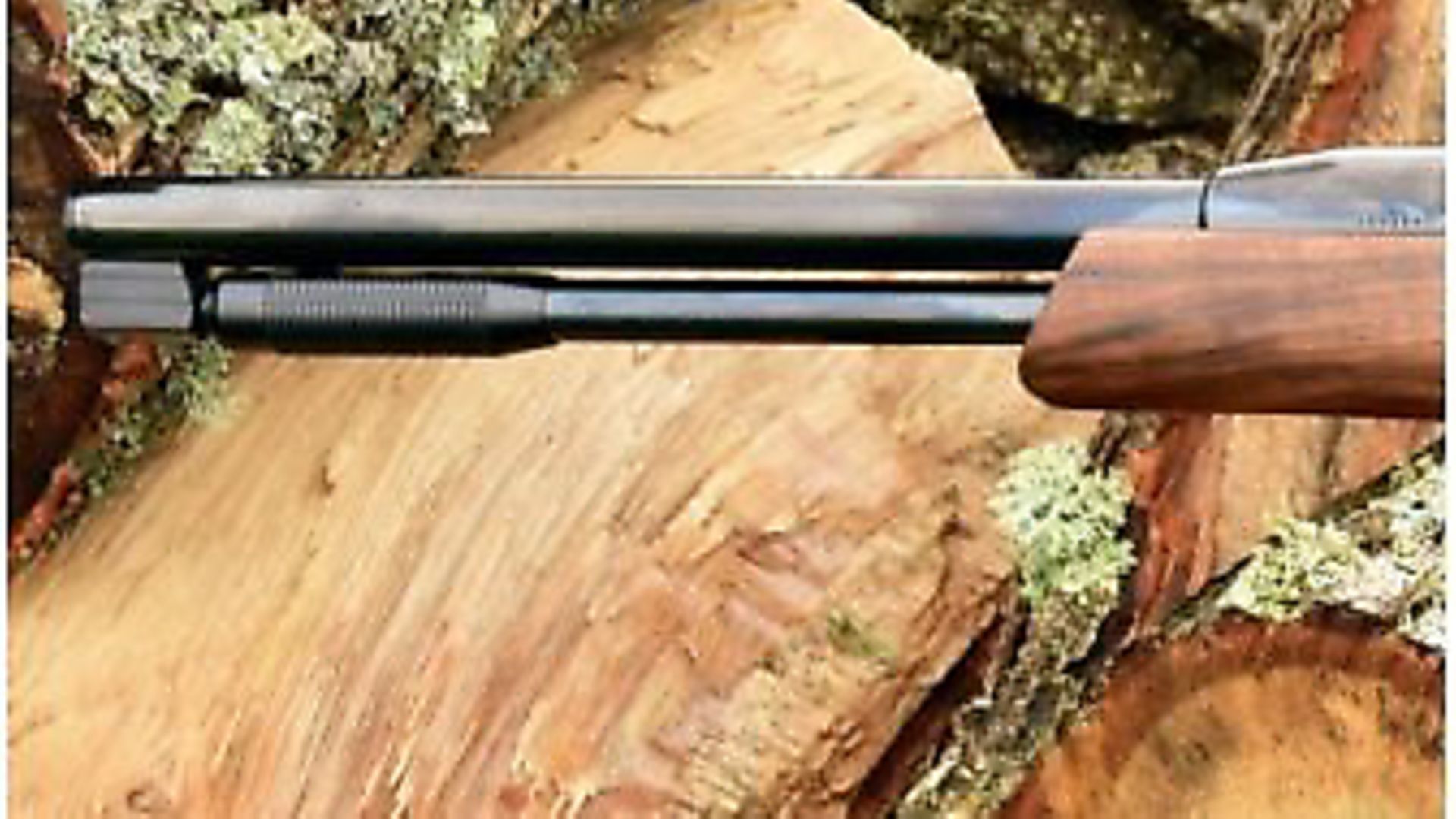 credit: Archant
credit: Archant
Solid
When you pick up this rifle, the solid build quality and heft grab your attention. With a scope and mounts my test gun weighed 10¼ lbs, which is a big old chunk to carry around the woods all day, but there’s a good reason for this. All spring-piston guns recoil and vibrate before the pellet leaves the barrel; a heavier gun reduces that movement to a degree and therefore makes the gun easier to shoot. The ratio of the overall weight of the gun compared to the weight of the moving parts is important, so a light-ish piston and a heavy rifle is a desirable combination, which explains the option to fit a Q-Tec silencer by unscrewing the end cap and spinning on a male threaded moderator. The piston runs on black acetal bearings that look like piston rings. These ensure that there can be no metal-to-metal contact between the piston and the bore, keeping things smooth. The spring is also supported well at both ends, which explains the lack of noise and vibration. One of the innovations this rifle brought to the sport was that the piston is free to rotate inside the cylinder as it’s blasted forward by the spring. Springs actually unwind and rotate as they expand and this can create a torque effect that twists the rifle in your hands, but by allowing this energy to be released, the torque never affects the rifle, making it easier to shoot.
There really was no point in me chronographing this rifle because I’ve stood and watched the Air Arms technicians test and log the power of each and every gun that leaves their factory. However, I tested it anyway and unsurprisingly; it was making a consistent 11.2 ft.lbs by launching the 8.44 grain Air Arms Field Diablo .177 at an average velocity of 773 fps. Shot-to-shot velocity variation was just 6fps even though the gun wasn’t run in at all, and accuracy testing would have to wait until the gale force winds died down.
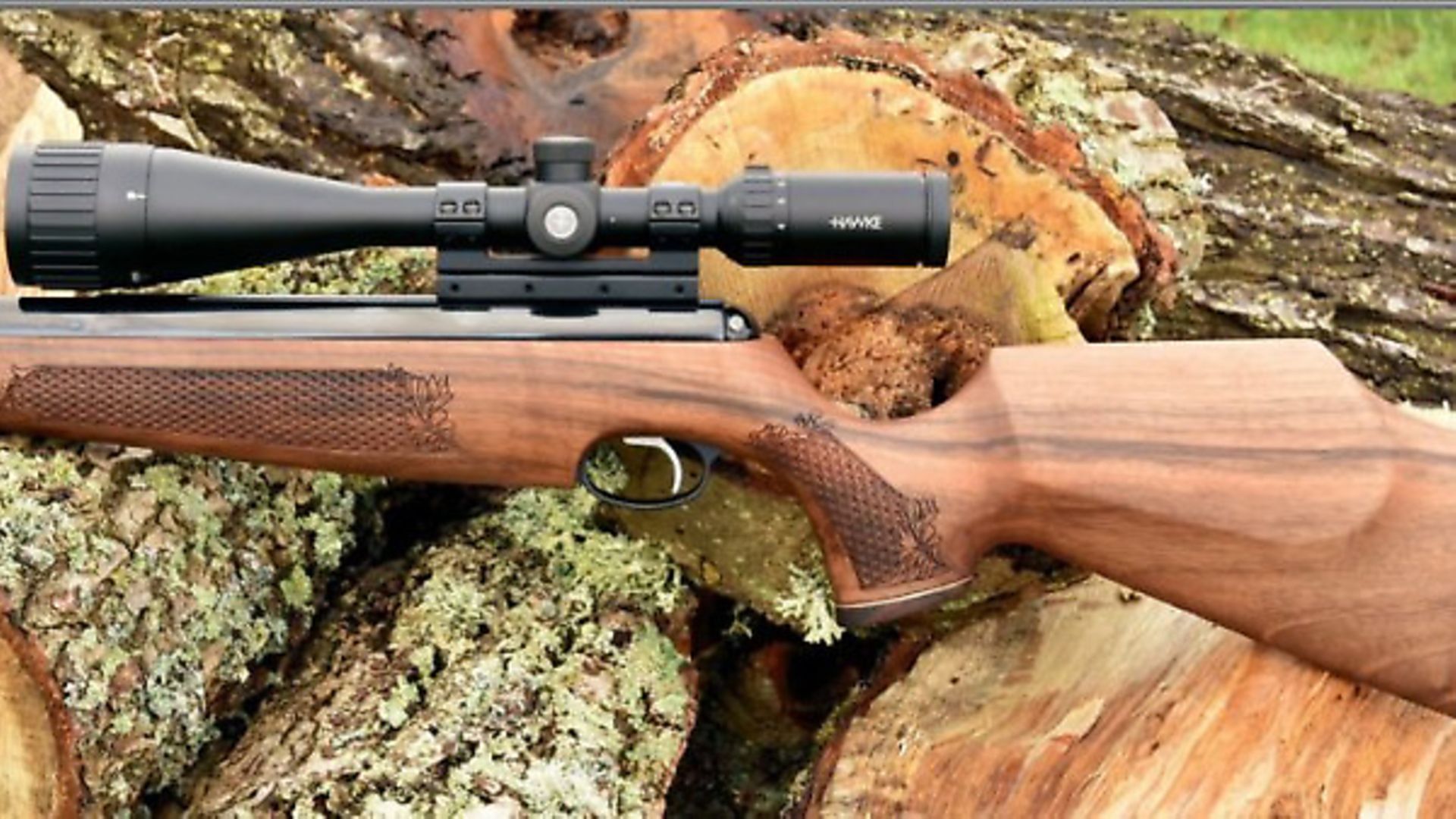 credit: Archant
credit: Archant
Under lever
Cocking is a masculine affair, suggesting that quite a stout spring is used. The carbine length means that the under-lever is quite short, reducing the mechanical advantage, but even at my advanced stage of desk-bound feebleness I found shooting 100 shots in a string easily achieved. I did notice that the knurling on the cocking aid made my office-boy hand sore – diddums.
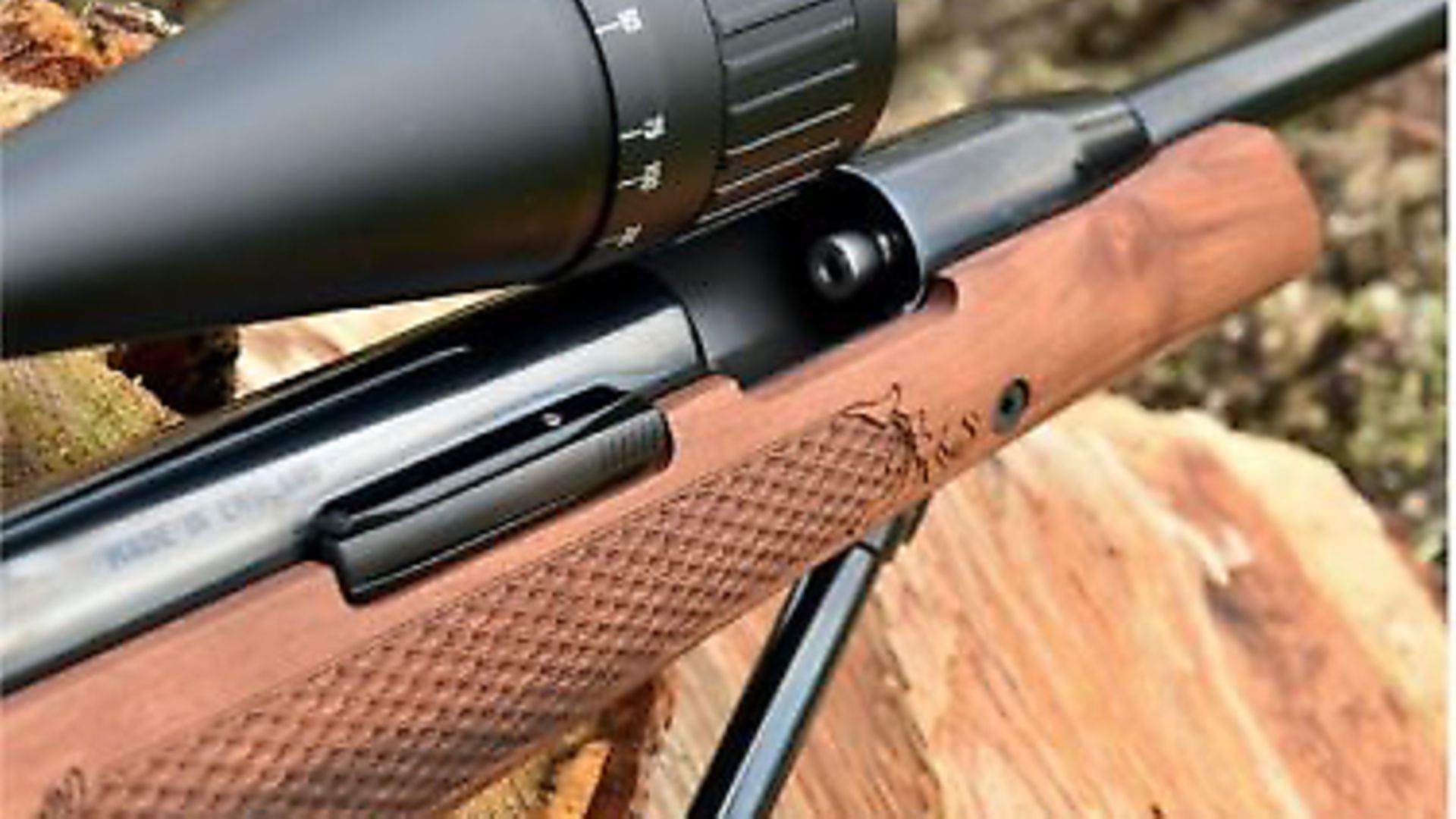 credit: Archant
credit: Archant
The loading port is large, being cut right down to the level on the stock on the right so that it offers good access to the breech for easy pellet loading. You’ll note from the pictures that my scope choice wasn’t too clever in that I selected rather a long model. This covered the aperture to a degree, but because it’s large I had no difficulty loading.
On the right side of the action, behind the loading aperture is the automatic anti bear-trap mechanism that keeps your delicate digits safe if the trigger and safety should fail. This needs to be depressed to close the action, but I found the muscle memory to release it each time after just a few minutes, and didn’t worry about it again.
Coming on aim, the weight is again noticeable, but the beautifully designed stock and great balance make it easily handled. However, this isn’t a gun for a youngster or lightly built lady because it needs some muscle to get the best from it. The extra weight is one of the things that competition types find very attractive, though. Target rifles are almost always heavy, adding stability on aim which is just what’s needed when you’re under pressure.
Beautiful walnut
Of less interest to super-competitive types will be the beautiful figuring in the walnut used to make the stock; my particular example was just lovely. Where you’d expect to find chequering panels you’ll find a laser applied, fish-scale pattern that’s a bit of a Marmite choice, but completely practical all the same. The pistol grip area is worthy of special attention because it offers a fully ergonomic support to your hand, delivering your trigger finger precisely onto the swept-back blade. This is a great aid to fine trigger control, such an important part of accurate shooting. This area of the stock is far too often overlooked by manufacturers who force us to stretch to reach the blade, adding tension and fatigue to every shot.
What matters more than anything else about a rifle, to me, is accuracy - or I should say ‘available accuracy’. Many rifles are potentially accurate, but people struggle to realise that performance, whereas other guns are easy for anybody to get the best from. Spring-piston guns need to be shot in a specific way to get the best from them, so I settled down at my range bench with some nice soft rests and set about seeing what the TX would do. At 25 yards, it simply put one pellet after the next through one hole. It was fantastic, quite literally as accurate as any PCP I’ve tested. To see what happened when I used the wrong technique, I gripped the stock like I was trying to strangle it, and it shot to a different zero, but to my amazement still shot neat little groups. I carried on varying my technique and, to my complete surprise, as long as I was holding it with a reasonably light grip it just kept shooting to the same position.
This is important news for hunters. Shooting from a bench with soft bags is an academic study but in the field we always hold the rifle. Shooting up, down, standing, kneeling or prone, the rifle is in our hands and the TX was the least hold-sensitive spring/piston rifle I’ve ever tried. Certainly, a PCP is even better, but not everybody wants one and the TX is a real alternative, as my testing showed.
It looks like I might have found a clue to why this beautiful rifle won the world HFT championships. Sure, it’s accurate, but it’s much more important that the accuracy is available to a human being, not a bench rest. The TX is a stunning gun, combining good looks and first-rate engineering, and a field performance that the average shooter can use. No wonder it’s yet another winner from Hailsham.
SPECS
Manufacturer: Air Arms
Web: www.air-arms.co.uk
Tel: 01323 845853
Model: TX 200 Hunter Carbine
Type: Spring-piston
Action: Sliding-breech, under-lever
Trigger: Two-stage, adjustable
Weight: 8.8lbs (4kg)
Length: 39.25” (955mm)
RRP £483.00